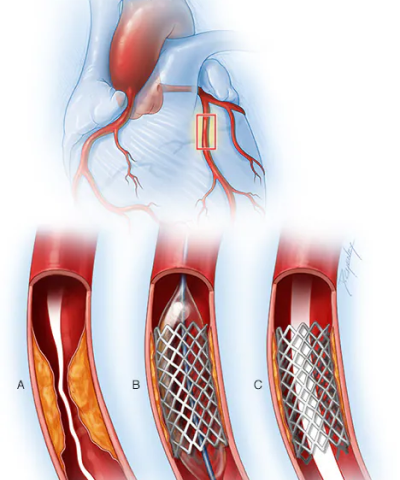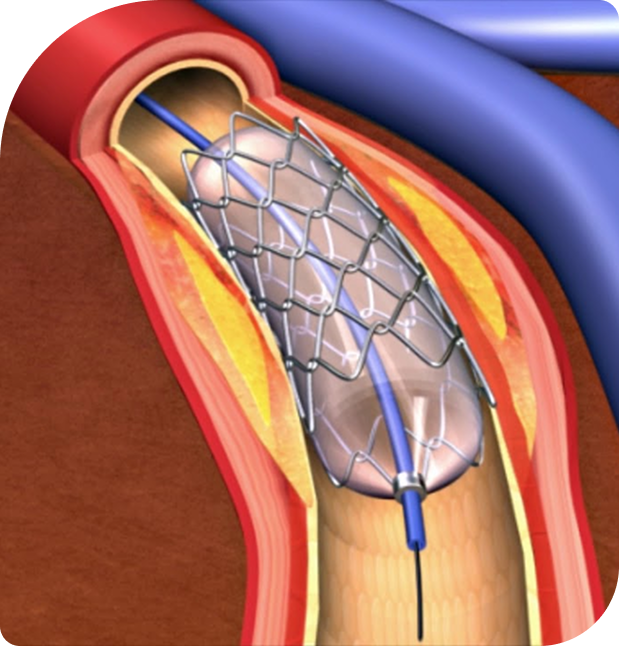

Stent Replacing Bypass Surgery
Stenting and bypass surgery are two critical procedures used in the management of coronary artery disease. Bypass surgery involves diversion of blood flow from the coronary arteries because they are blocked. Stenting instead involves the placing of a small tube that keeps the artery open. This also replaces bypass surgery since there are many cases where patients would still require a much shorter period to recover and, more importantly, less complications may occur with stenting.
When to Use Stent Placement
- Minimally Important Blockages: Stents are used for those blockages which are not serious but still hamper the flow of blood.
- Single or Two Vessel Disease: Stents can be placed in one or two coronary arteries.
- High-Risk Surgery Candidates: For those patients who are not fit to undergo bypass surgery due to some other medical problem, stenting is a relatively safer option.

- Minimally Invasive: A stent placement can be performed using only tiny incisions, allowing for much shorter hospital stays and quicker recovery times.
- Reduced Risk of Infection: The procedure is far less invasive than surgery, making it usually safer in terms of complications.
- Quicker Recovery: Most patients will be back to their usual selves much more quickly after a stent placement as opposed to bypass surgery.
With interventional cardiology and stenting treatments, Dr. Merchant makes certain that his patient receives the utmost care through his best practices; he makes careful assessments of patients' individual medical conditions and often advises on whichever treatment might do the trick-that is, installing a stent or performing major surgery, as in bypass grafting.

